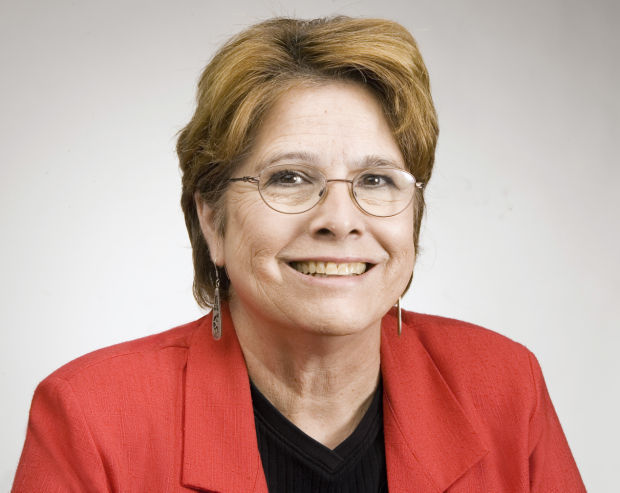It was a trip back in time—to a place forever timeless.
A few weeks ago we took a sentimental journey of sorts to Canyon de Chelly, a sheer-walled canyon carved by water and wind eons ago in northeastern Arizona.
Thirty-five summers ago we made the same journey — two of seven travelers that included our two kids, a mother-in-law and my husband’s kid brother and sister.
We traveled with our kids in a camper truck borrowed from my folks, with my in-laws following behind in my sister-in-law’s hatchback car. We stayed at nearby Cottonwood Campground, we and our kids sleeping inside the camper, mother-in-law curled up in the back of the car, and brother- and sister-in-law on two cots outside.
Luckily, it never rained.
Navajos call this canyon and the lands surrounding it home — a home they were brutally forced by the U.S. government to leave in the mid-1800s during an ordeal known as The Long Walk. By 1868 they were allowed to return and they have been there ever since.
Our first stop — then and more recently — was at the Hubbell Trading Post where, beginning in 1878, trader John Hubbell lived with his family and encouraged the Navajos’ talents in rug weaving and silversmithing.
Navajo women still demonstrate their weaving at the post, filled with everything from basketry and jewelry to 50-pound sacks of Blue Bird flour. This time around, however, Michelle Obama’s book about her White House garden was propped up for sale, and our Navajo weaver kept getting interrupted by her cellphone.
Some things do change.
One of my fondest memories of our first stay here was the campfire our Navajo ranger made at the campground. As we stared into the flames, he told us stories of his ancestors and passed around fry bread made by his aunt.
The next day we hiked down to White House ruins, along a trail where we had to momentarily stop to let several Navajo girls and their sheep pass by, bells from the flock tinkling along the way.
This time, our knees 35 years older, we opted out of the hike, choosing instead to stop along the seven overlooks wedged along the canyon’s south drive.
Fall, I quickly determined, was the right time to visit the canyon. The cottonwoods lining the winding stream at the bottom of the canyon were ablaze in yellow and the commodious parking lots were all but empty.
The few visitors we did meet were as awestruck as we were, especially a couple from London who insisted on taking a picture of the four of us in our camera for us to later enjoy, as we did for them.
Hundreds of feet below, we could see wild horses and hear their whinny echo among the canyon walls, as a red-tailed hawk cast a shadow against the 800-foot-tall monolith known as Spider Rock.
On the short walk back to our car, a slight breeze kicked up the clean, pungent smell of juniper and sage, while storm clouds billowed in the west, promising a spectacular sunset.
At several of the parking lots, Navajo artisans spread out their wares on the tailgates of their pickup trucks. It was here that I would meet Darlene Sam, a soft-spoken Navajo woman who painstakingly told me of her designs on a piece of bear pottery—designs that included some of the same ones woven into her mother’s rugs. So taken was I by her narrative that I bought the small bear as a keepsake.
As we were leaving, I asked her how long she had lived in this beautiful, sacred land.
“For the rest of my life,” she replied, smiling.
Me, too, I thought—if only in memory.





